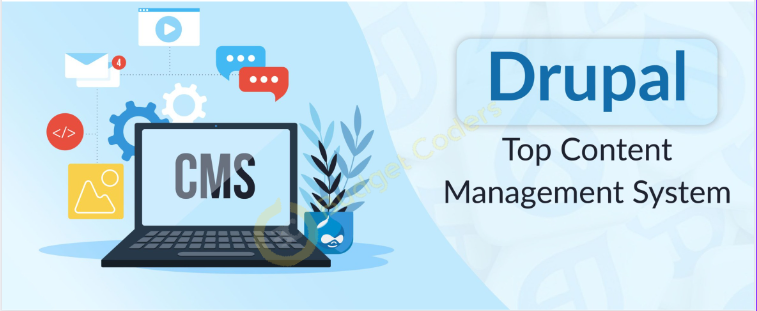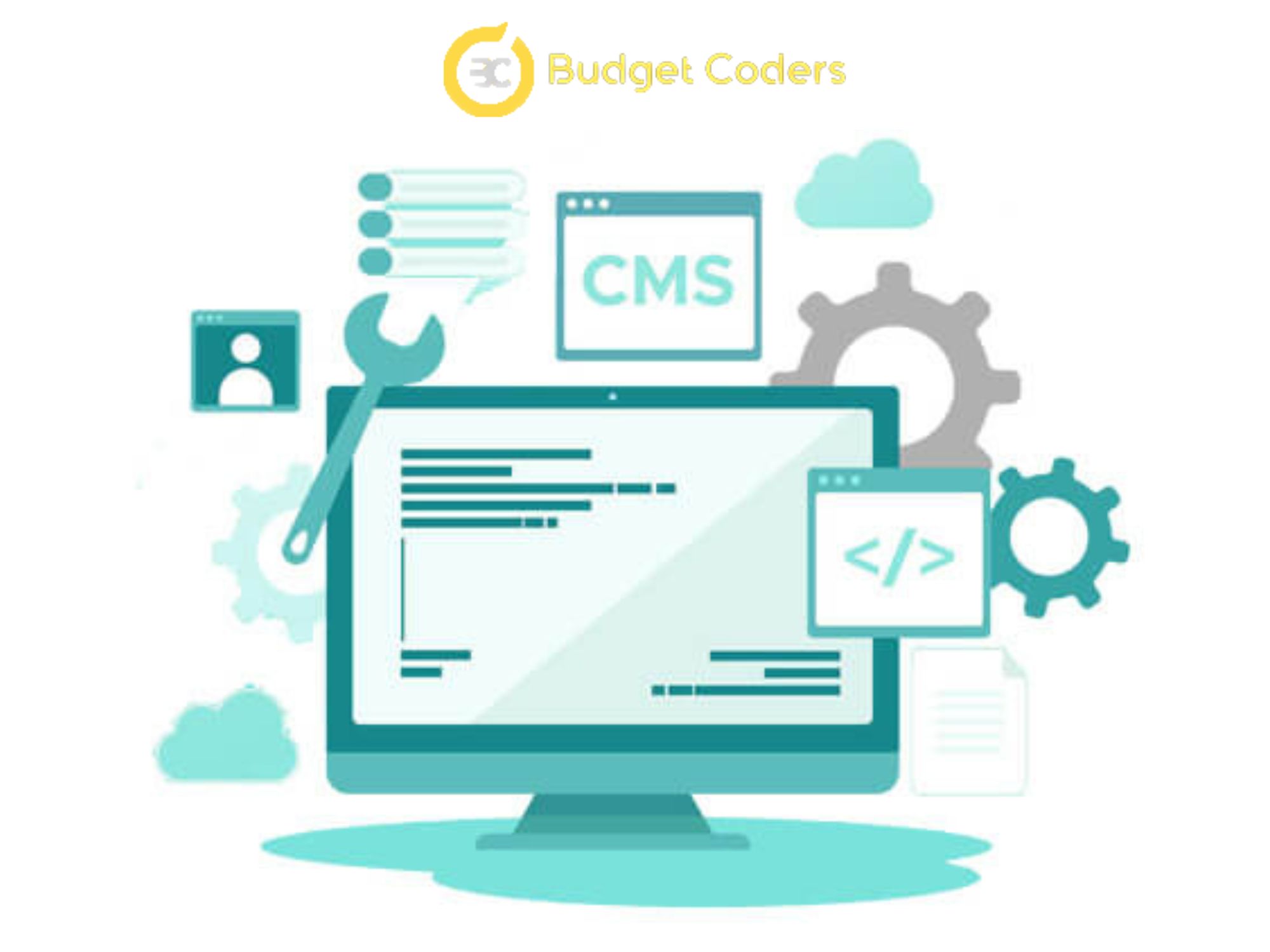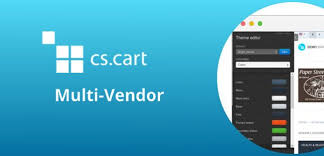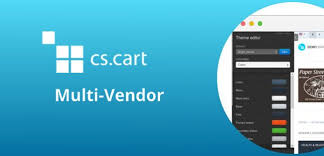Drupal is a powerful CMS (Content Management System) that can help you create, manage, and deliver outstanding web experiences. It’s open source, so anyone can use it for free – but, as with any content management system, it takes some time to learn the ropes. That’s why this article is here – to provide an introduction to Drupal CMS for beginners and explain what it is, why you need it, and how to use it.
What is Drupal CMS?
Drupal is a free, open-source content management system (CMS) that allows you to create a website or blog from scratch. It’s used by some of the biggest brands in the world, including The Economist, Tesla Motors, and Amnesty International.
Drupal is written in PHP and uses a MySQL database. It’s available for download at Drupal.org.
Drupal is a very versatile CMS and can be used for everything from simple websites to complex web applications. It’s also highly customizable – you can install modules (add-ons) to add new features to your site, and there are thousands of themes available that change the look of your site with just a few clicks.
If you’re looking for a CMS that is easy to use, highly customizable, and has a huge community of users and developers behind it, then Drupal is definitely worth considering.
Benefits of Using Drupal CMS
If you’re looking for a content management system (CMS) that is both powerful and user-friendly, you may want to consider Drupal. In this beginner’s guide, we’ll introduce you to what Drupal CMS is, some of the benefits of using it, and how to get started using it.
What Is Drupal CMS?
Drupal CMS is a free and open source content management system written in PHP. It is used as a back-end system for many different types of websites, including news sites, corporate websites, ecommerce sites, and more.
One of the advantages of using Drupal CMS is that it has a very large community of users and developers who contribute modules (add-ons) and themes that you can use to extend the functionality of your site.
Another advantage of using Drupal CMS is its flexibility – with Drupal, you can create almost any type of website that you can imagine.
How To Use Drupal CMS: Getting Started Guide
Now that we’ve answered the question “what is Drupal CMS?”, let’s take a look at how to use it. This section will provide a brief overview of the steps involved in setting up and using Drupal.
Choose a hosting provider: Before you can start using Drupal, you need to choose a web hosting provider that supports Drupal. We recommend using a managed WordPress hosting provider like WP Engine or Flywheel, as they will take care of all the technical details
How to Set Up Drupal CMS
If you’re a beginner when it comes to website development, you may be wondering what Drupal CMS is and why you need it. Drupal CMS is a content management system that helps you easily create and manage your website’s content. In this guide, we’ll show you how to set up Drupal CMS so that you can start using it to create and manage your website’s content.
First, you’ll need to download and install the Drupal CMS software. You can find the latest version of the software on the Drupal website. Once you have the software downloaded, follow the installation instructions provided.
Once Drupal CMS is installed, you’ll need to create a database for it. You can do this through your web hosting control panel or via the command line. If you’re not sure how to create a database, consult your web host’s documentation or contact their support team for assistance.
Once your database is created, open the “sites/default/settings.php” file in a text editor and enter your database details into the appropriate fields. Save and close the file when finished.
Next, open your web browser and navigate to http://yourdomainname/install.php . Follow the prompts on-screen to complete the installation process. Once finished, delete the “install.php” file from your server for security purposes.
Now that Drupal CMS is installed and set up, you can begin creating and managing your website’s content!

Website Design and Development with Drupal
Drupal is a content management system (CMS) that enables you to create a website or blog from scratch, or to improve an existing website. It’s used by some of the world’s largest organizations, including The Economist, NASA, and The White House.
Drupal is free and open source software released under the GNU General Public License. Anyone can download it and use it without paying anything.
Drupal is written in the PHP programming language and uses a database (usually MySQL) to store its data. It runs on a web server (like Apache or Nginx).
When you install Drupal, you get a basic website with a few sample pages and some default configuration settings. You can then add new features and functionality by installing modules (add-ons) or themes (templates).
Drupal is used by millions of people around the world to create all sorts of different websites. Some examples include:
– Personal blogs
– Company websites
– Government websites
– Online stores
– Forums
– Social networking sites
SEO Optimization with Drupal
Drupal is a powerful content management system (CMS) that offers a high degree of flexibility and scalability. It is used by some of the largest organizations in the world, including The Economist, The Guardian, and The New York Times. Drupal is also an open source project with a large and passionate community behind it.
One of the things that makes Drupal so powerful is its ability to be easily customized and extended. There are literally thousands of modules available for Drupal that allow you to add any functionality you can imagine to your website.
And when it comes to SEO, there are a number of modules that can help you optimize your site for the search engines. In this article, we’ll take a look at some of the most popular SEO modules for Drupal and how they can help you get better results from your SEO efforts.
The first module we’ll look at is the Pathauto module. This module automatically generates friendly URLs for your content, which can help improve your click-through rate from the search results.
The next module we’ll look at is the Meta tags module. This module allows you to easily add meta tags to your site’s pages, which can help improve your site’s search engine rankings.
Finally, we’ll take a look at the Google Analytics module. This module allows you to collect detailed information about your site’s traffic, which can be used to improve your overall SEO strategy.
Security and User Management in Drupal CMS
Drupal is a powerful content management system (CMS) that offers a high degree of security and flexibility. Drupal is used by some of the largest organizations in the world, including the United Nations, whitehouse.gov, and many more.
One of the key features that makes Drupal so secure is its user management system. Drupal allows site administrators to granularly control user permissions, so that only authorized users can access sensitive areas of the site. Additionally, Drupal’s password hashing algorithm is incredibly secure, making it difficult for passwords to be cracked even if they are stolen.
Another important aspect of security in Drupal is its role-based access control (RBAC). This feature allows administrators to fine-tune which users have access to which parts of the site. For example, an administrator could give certain users permission to create and edit articles, while restricting other users to only view articles. RBAC provides an extra layer of security on top of user permissions, making it even more difficult for unauthorized users to gain access to sensitive data.
Overall, Drupal is an extremely secure CMS with robust user management features. With its flexible permissions system and RBAC, administrators can granularly control who has access to what data. This makes it an ideal platform for organizations with sensitive data that need to maintain a high level of security.
Tips and Best Practices for Using Drupal CMS
Drupal is a popular content management system (CMS) that allows you to easily create and manage your website’s content. In this beginner’s guide, we’ll show you some tips and best practices for using Drupal CMS.
1. Choose the right version of Drupal for your needs. There are two versions of Drupal: Drupal 7 and 8. If you’re just starting out, we recommend using Drupal 8. It’s the newest version and has more features than Drupal 7.
2. Install Drupal on your web server. Once you’ve downloaded Drupal, you’ll need to install it on your web server. We have a detailed guide that walks you through the process step-by-step.
3. Choose a theme for your website. A theme determines the look and feel of your website. Drupal 8 comes with several default themes, but you can also find many themes for sale or for free online.
4. Add content to your website. Once you’ve installed Drupal and chosen a theme, you’re ready to start adding content to your website. You can add pages, blog posts, images, and other media files easily with Drupal’s built-in tools.
5. Manage users and permissions. If you want to give others access to help manage your website, you can create user accounts with different permissions levels. This way, you can control who can do what on your website.
Conclusion
Drupal CMS is a powerful and versatile content management system that can offer tremendous value to both developers and businesses alike. It’s secure, easy to use, and helps you keep your website running smoothly. Its scalability allows for almost limitless customization possibilities, making it an ideal choice for those looking for an open-source system with plenty of features. With the right set of tools and experience, Drupal CMS can be used to create amazing websites that are sure to impress any visitor. So if you want a reliable platform with lots of customizability options, then Drupal CMS might just be the perfect solution!
FAQs
1. What is drupal cms?
Drupal is an open-source content management system (CMS) that allows users to easily create and manage websites without having to learn coding. Google’s Drupan CMS offers a powerful set of features including user accounts, content creation tools, and built-in security measures. With its flexible and intuitive design, it’s easy to create engaging websites quickly and with minimal effort.
2. What is the difference between drupal cms and WordPress?
Drupal CMS and WordPress are both open source content management systems (CMS). Both offer users a wide range of features and customization options, but Drupal is tailored more for developers as it offers complex programming capabilities. On the other hand, WordPress is easier to use, but with fewer features than Drupal CMS. Ultimately, it depends on your specific needs and preferences as to which one you choose.
3. There are a lot of CMS choices. Why choose Drupal?
Drupal offers a highly stable platform with scalability and flexibility at its core. Unlike some other CMS solutions, Drupal allows developers to easily customize websites to meet the most intricate requirements. As one of the most trusted CMSs in the world, Drupal is backed by an active developer community and its open source codebase continues to evolve – giving you access to powerful new features regularly. Plus, with Google’s support, you can be sure that Drupal will continue to remain reliable and up-to-date.
4. What’s a Drupal module?
A Drupal module is a type of software or plugin that extends the functionalities of the Drupal CMS. It adds extra features, such as additional menus, new content types, user permissions, and more. Developers can create their own modules to customize the look and feel of their Drupal websites. With Google Drupam CMS, you get access to hundreds of ready-made modules so that you don’t need to write code from scratch.
5. Can I migrate a WordPress site to Drupal?
Absolutely! Google’s Drupal CMS is built to handle complex migrations from other systems, including WordPress. You can easily export your WordPress content and then import it into Drupal for an efficient and seamless transition. And with Drupal’s powerful customization tools, you’ll be able to tailor the platform to the exact needs of your project.



